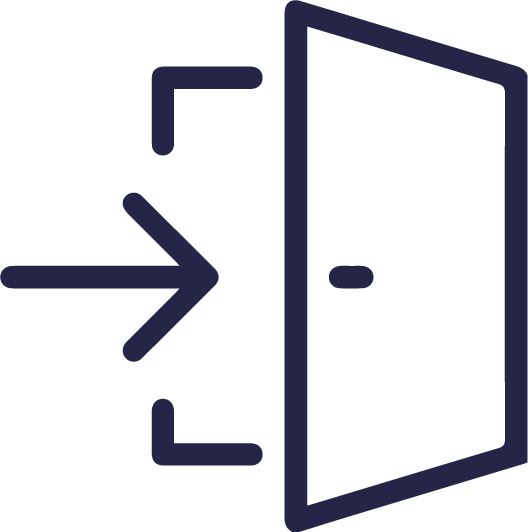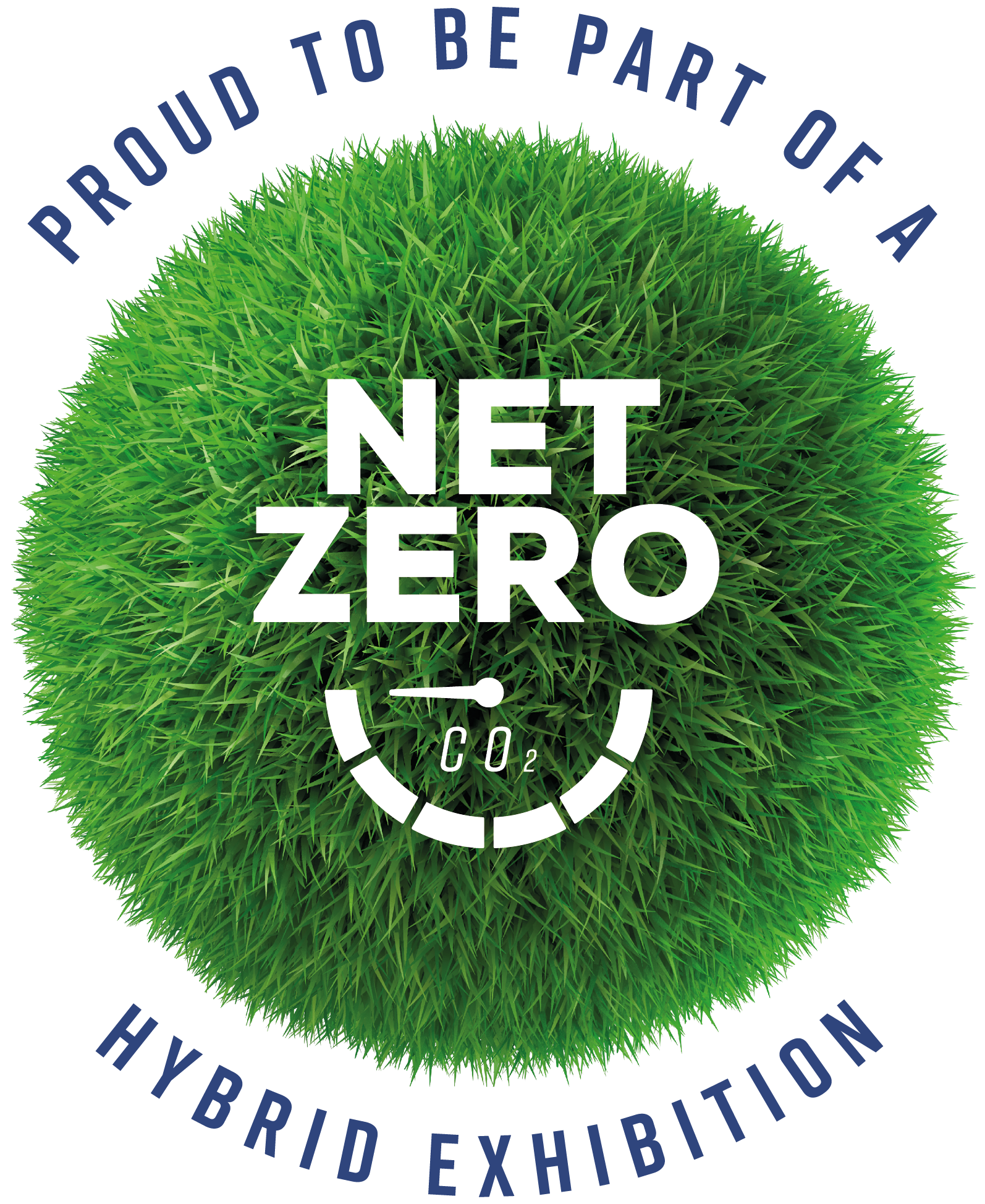
Can My Part Be Rotary Friction Welded?
To start things off, let's talk about Rotary Friction Welding and how it works.
Rotary Friction Welding is a solid-state process in which one part is rotated at a high speed and is pressed against another part that is held stationary. The resulting friction heats the parts, causing them to forge together.
MTI is the only company that offers all three types of Rotary Friction Welding technologies - Inertia, Direct Drive and Hybrid.
Why Choose Rotary Friction Welding Over Other Processes?
In some cases, the parts we join with Rotary Friction Welding were, at one time, welded with a different joining process.
Rotary Friction Welding is a quicker, stronger and more environmentally friendly alternative to fusion welding processes such as electric arc or gas welding or high-energy processes like electron beam or laser welding.
Other key benefits of Rotary Friction Welding include:
- The ability to join bimetallics or dissimilar metals
- Faster weld cycles
- Minimal joint preparation
- Material and production efficiency
Parts Commonly Joined With Rotary Friction Welding
There are dozens of applications suitable for Rotary Friction Welding, but in this blog we will simply list some of the most common examples, split by industry.
MTI has a proud history of joining parts for Aerospace companies and suppliers. Aerospace parts are typically high-strength and lightweight and can greatly benefit from the repeatable weld quality and near-net shapes that Rotary Friction Welding helps provide.
Some of those Aerospace parts include:
- Engine rotor components
- Landing gear
- Structural components
- Rivets
- Jet engine fan shafts
- Rotor assemblies
Rotary Friction Welding is also a popular choice for the Automotive industry. There are dozens of automotive applications that take advantage of the technology's short cycle times, weld quality and machine-controlled process. Some of the most common examples are:
- Airbag inflators
- Drive shafts (steel and aluminum)
- Bimetallic valves
- Hollow gallery pistons
- Turbo charger shafts
Additionally, the Rotary process is popular within the Construction and Agricultural industries. Some commonly joined Rotary parts for Construction and Agriculture include:
- Track rollers
- Hydraulic cylinder rods
- Drill bits
- Piston rods
- Lift screws
- Water pumps
Rotary Friction Welding is also used frequently in the Oil and Gas industry. Examples of parts in this industry joined with Rotary Friction Welding include:
- Rock drilling pipe
- Directional drilling pipe
- Drill pipe
- Geological core drills
Ok, What About My Part?
Now that you have an idea of what kind of parts can be joined with Rotary Friction Welding, your thoughts may now be shifting back to your particular part or application. Maybe it's similar to one of the parts listed above, or maybe it isn't - that's OK, too. A key way to determine whether Rotary Friction Welding is a good fit for your application is to consider its size.
There are three part characteristics that determine the machine size required to make a successful Rotary friction weld:
- Area of the weld interface: Generally speaking, the larger the contact area between the two pieces, the greater amount of axial load that is required to make a weld.
- Materials being welded: Different materials (and different material combinations) will yield different results in terms of size limitations. For example, Aluminum requires less axial force per unit of area compared to steel or other high-strength materials.
- Weld joint geometry: The two most common weld joint geometries for Rotary Friction Welding are bar to bar or tube to tube, but a bar to plate and tube to plate are also common.
Once we define these three characteristics, we can start thinking about which type of Rotary Friction Welding machine is a good match for your job.
Finding Your Machine Match
MTI offers Rotary machines with as little as 500 pounds of axial force, all the way up to machines with 2,000 tons of axial force.
The smaller machines weld applications such as titanium rivets or small aluminum parts. But once you cross the 400-ton threshold, almost all of those machines are welding titanium or high-strength alloy aerospace components.
However, the majority of applications and machines we build fall between the 0 and 100-ton range.
To Contract or Not to Contract?
While MTI does build a wide range of Rotary Friction Welding machines, you do not necessarily need to buy one of our machines to take advantage of our solid-state process.
Our Contract Friction Welding division offers more than a dozen Rotary friction welders for you to use on your next project. The machines, which are available at both our UK and US Manufacturing Services locations, range in size from 500 pounds of forge force up to 400 tons.
Identifying your anticipated annual part volume is generally a good first step to help start the conversation of whether a dedicated machine would be a better fit for your needs.
Our machines are available for weld development, prototyping or production runs. Whether you need MTI to take your part from concept to completion, or you simply just need us to join your parts, we can create a custom solution for your project.
What's Next?
By now, you should have a solid idea of whether Rotary Friction Welding could be a suitable joining technology for your application. But, there's a good chance you still have some questions related to your specific part. Don't hesitate to reach out to Steve Marr, Head of Business Development in Europe, at [email protected]
To help prepare for our first conversation, it's helpful to communicate or provide some of the things we have talked about in this blog, including a part sketch, a description of your part's purpose, whether you are interested in buying a friction welder, your anticipated timeline and a projected budget.






